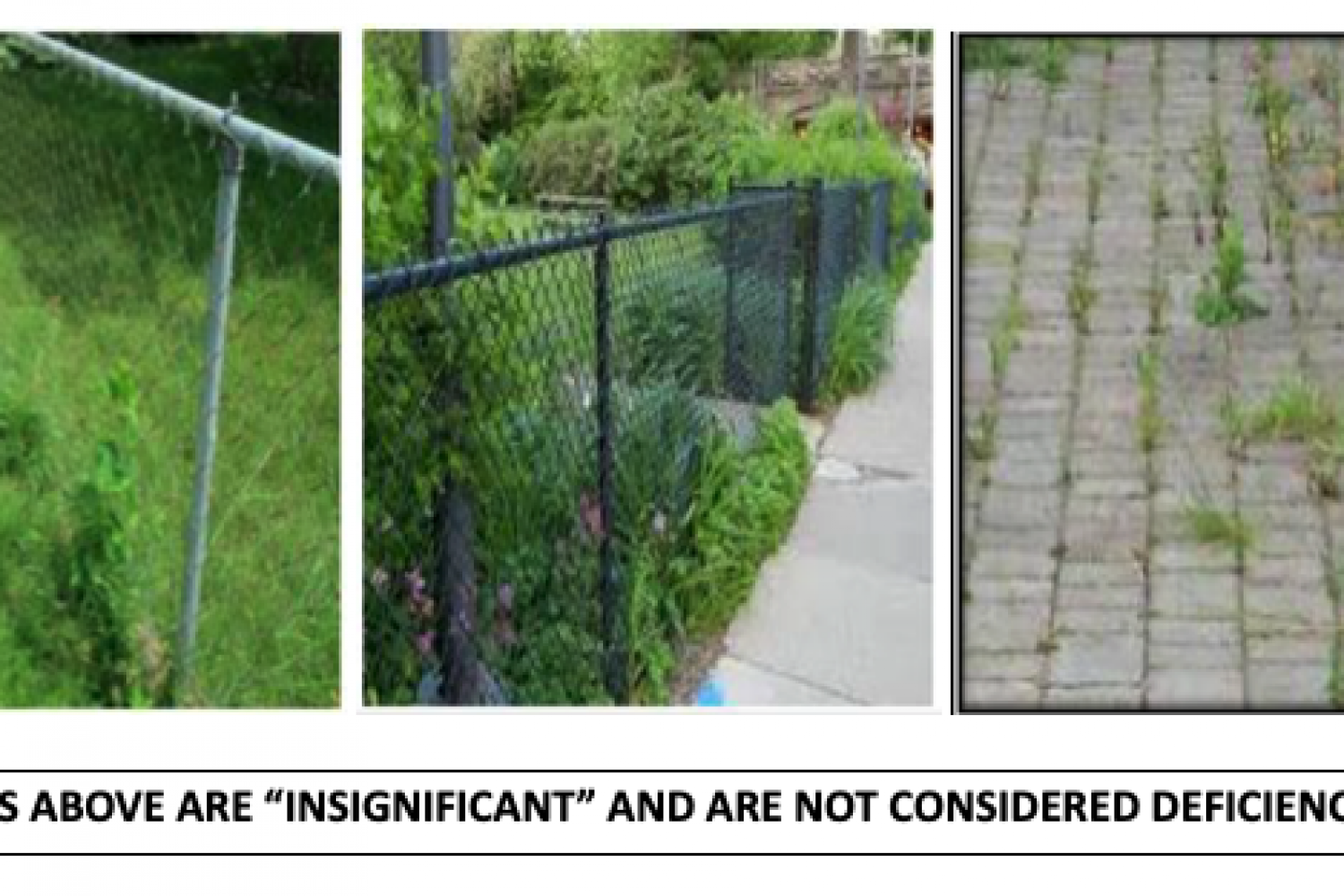It’s that time of year where your greenery is growing so this March edition of our HUD-REAC newsletter, I will be discussing the deficiency:
Site: Grounds – Overgrown/Penetrating Vegetation
Overgrown/Penetrating Vegetation Definition from HUD Federal Register:
- Plant life has spread to unacceptable areas, unintended surfaces, or has grown in areas where it was not intended to grow
- Addresses conditions that have a potential or existing adverse effect on the physical condition of the property or negatively impacts the use of the property by residents
Important Takeaways – per the Compilation Bulletin and Federal Register
- The key word is intent – if you are intentionally growing ivy on a fence (aka a Green Wall) AND it is well-maintained, then it is not a deficiency!
The Compilation Bulletin states:
Do not record a deficiency for vegetation that is intentionally grown on walls or fences and is maintained but does not adversely affect the structure or the intended use of that structure.
- Some key areas to watch for vegetation damaging a structure:
- Parking Lots
- Buildings
- Overhead electrical lines
- Sidewalks
- Gutters
- Fencing
- Roofs
- Well-maintained means:
- Not dead nor dead sections
- Trimmed
- Aesthetically pleasing
The Compilation Bulletin states the following three images are not a deficiency:
Get REAC Ready with our HUD-REAC Webinar Series
“Get REAC Ready” is a comprehensive webinar that offers an overview of the high-scoring deficiencies in the 5 inspectable areas, Health and Safety deficiencies, the latest changes in the UPCS Protocol, the scoring system, and how to successfully prepare for a REAC inspection. Click here to register for the series and get REAC ready!






